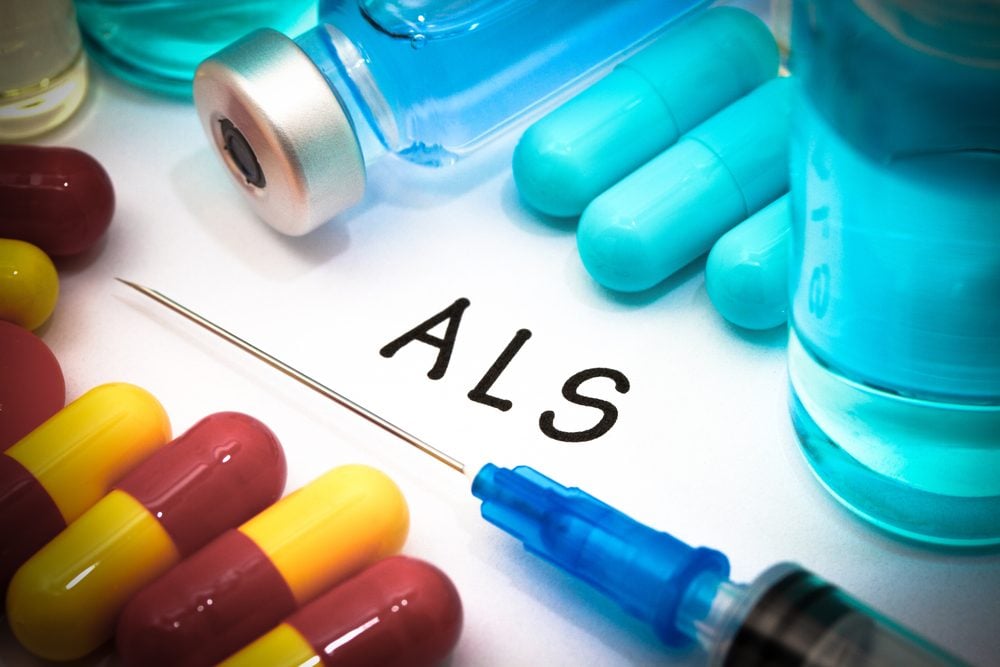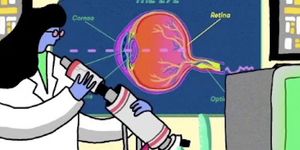Protein Associated With ALS Inspires Drug Treatments
Neurodegenerative diseases, such as degenerative ataxia or amyotrophic lateral sclerosis (ALS), will progressively cause an affected individual to develop the inability to move and think. Unfortunately, there exists only few treatments. However, findings from a recent research study published in Nature Communications have found potential approaches for developing therapeutic drugs, opening the doors for more treatments.
The researchers, from the University of Utah Health, have identified a protein called ‘Staufen1’ which accumulates in the cells of patients suffering from degenerative ataxia or ALS, also known as Lou Gehrig's disease. "Staufen was first discovered in the fruit fly and has been studied for 30 years, but it had never been connected to anything related to disease," says Stefan Pulst M.D., Dr. Med., chair of Neurology at U of U Health and senior researcher on the study. "This is a novel finding." Removing staufen1 protein from model mice with neurodegenerative diseases was shown to improve the exhibited disease symptoms including motor function.

The results suggest that developing drugs that target Staufen1 could have a therapeutic potential in patients. "This is a completely new avenue for thinking about neurodegenerative diseases," explains Pulst. "A protein that had never been known to be involved in neurodegeneration is now a great target for drug treatments."
Previous studies did not see the protein as a problem in neurodegenerative disease until researchers found a relationship between Staufen1 and ataxia, a rare condition causing loss of movement. More specifically, the scientists discovered that Staufen1 binds with another protein called ‘Ataxin2’ which is a risk factor for ALS and responsible for ataxia. Future research will aim on determining whether drugs or other therapeutics that can decrease Staufen1 can be developed to treat other diseases. Additionally, the research “connects Staufen1 to the emerging concept that neurodegenerative diseases are linked to malfunctions in the way cells cope with cellular stress.”
“One implication”, says co-author Daniel Scoles, Ph.D., associate professor of Neurology at U of U Health, “is that Staufen1-targeted therapies could work against a number of disorders in which stress granules emerge, although it remains to be determined whether the aggregates themselves lead to disease. Our results put the stress granule in focus as a structure to target in disease."
Source: University of Utah, Nature Communications








